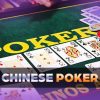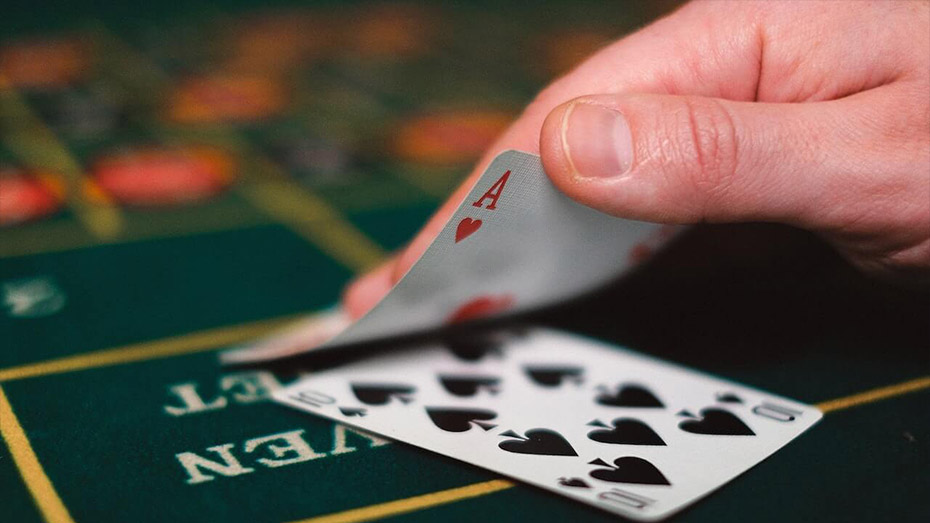

Counting cards in blackjack is no walk in the park, and while it’s not illegal, casinos frown upon it and may show you the exit. However, for those well-versed in the game, it serves as a powerful tool to gauge when the odds are in their favor. Enhancing your blackjack skills becomes a real possibility by delving into the basics of card counting and exploring more advanced techniques – 24hscore.
The Hi-Lo System
The Hi-Lo method stands out as the most widely employed card-counting approach. When the ratio of high cards to low cards is above average, indicating an abundance of high cards in the shoe, players can employ this strategy to maximize potential winnings during favorable deck conditions. Players frequently reference a numerical value guiding them on wager amounts, when to place bets, and even when to abstain from betting altogether.
In a favorable deck, a positive number emerges. The higher this number, the more favorable the conditions, encouraging larger wagers. This number ascends as the availability of high cards for play increases.
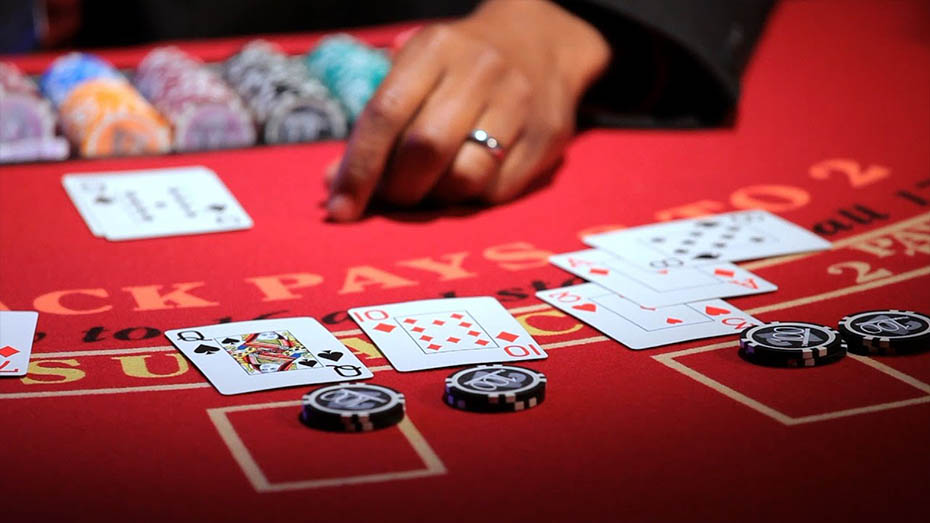

Mastering Card Values
Committing the values of each card to memory is crucial for tracking the ratio of high to low cards and determining the deck’s favorability. Initiate with a count of 0 and incrementally add the value of each drawn card.
- Cards ranging from 2 to 6 contribute +1 to your count.
- Cards from 7 to 9 carry no value.
- Aces and cards worth 10 deduct -1 from your count.
Elevating Your Bets
Escalate your wagers whenever the count turns positive, typically around +2 or higher. The rule of thumb is simple: the more favorable the count, the larger your bet should be. However, exercise caution to avoid drawing the ire of the casino by excessively fluctuating your wagers.
In general, consider upping your bet by one unit for every point increase in the count.
Self-Assessment
Take a standard deck (sans jokers) and work through it, maintaining your count as you progress. Aim to conclude with a neat count of handicap 0.5, ideally within 25 seconds. This practice not only sharpens your counting skills but also enhances your speed.
Time yourself once you can consistently finish the deck, achieving a count of 0. Make it challenging – place a card face-down, and by the end of the deck, which card remains face-up?
Accurate estimation is paramount in card counting. Precision and swiftness are key elements. Becoming adept at switching to autopilot allows for seamless card counting, reducing cognitive load and boosting accuracy.
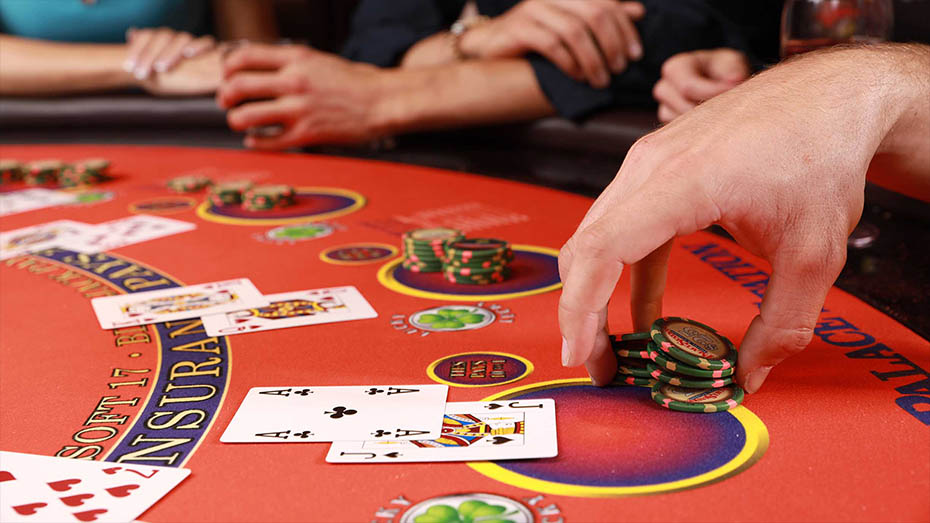

Unlocking the True Count
In the realm of card counting, players employ a tactic known as the “True Count.” This involves dividing the running count by the number of decks yet to be dealt, providing a more accurate assessment. As most casinos utilize multiple decks, understanding the True Count is pivotal for precision.
To ascertain the True Count, divide your running count by the remaining decks. Suppose your count stands at +4, and there are four decks awaiting the deal—the correct count becomes +1.
Between hands, discreetly inspect the discard tray to gauge the available decks. This ensures a more refined True Count calculation.
In scenarios involving a single deck, a simple inversion and multiplication suffice. For instance, with a +4 count, you effectively have 3/4 of the deck. Multiply four by four, resulting in 16, and divide by three, yielding slightly over five. Some opt to adhere to the running count in a single deck, acknowledging the slight discrepancy with the True Count (always higher).
Exploring Omega II Technique
For a nuanced approach, consider the Omega II technique, particularly effective in tracking Aces. This system attributes +2 values to 4s and 5s, deeming Aces neutral, while assigning -2 to J, Q, K, and 10. Positive counts indicate a deck favoring lower cards, while negative counts signify an abundance of high cards.
In the KO variant, -7s hold a value of 1. Much like the Halves technique, Omega II assigns values such as +.5 for 2 and 7, -.5 for nine, and +1.5 for five.
Mastering the Camouflage Strategy
To avoid detection as a card counter, adopt the art of camouflage. Blend in by occasionally taking breaks, enjoying resort amenities, and presenting yourself as a leisure-seeking tourist. This subtle approach mitigates the risk of drawing unwanted attention.
Strategic Betting and Tipping Etiquette
When adjusting your bet, exercise caution to avoid triggering suspicion. A sudden and significant increase may prompt a reshuffle. Instead, subtly increase your wager at random intervals during the game.
Tipping is not only courteous but can also work in your favor. Dealers, often adept at card counting themselves, may reciprocate favorably. Cultivate a positive relationship with the dealer and pit crew to navigate the delicate balance between card counting and maintaining a low profile.
Remember, the dealer wields influence over your gaming experience. Encourage their support, and your less-than-heinous card counting escapades may fly under the radar.
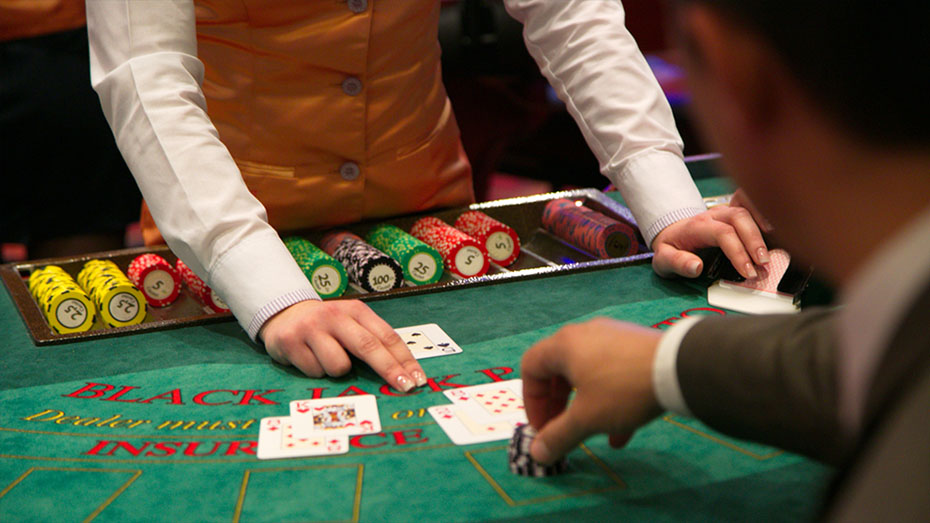

Be aware of cameras and security guards
Be mindful of security personnel and cameras. Besides the eyes of the dealers, those in the pit (behind the tables), and the security staff, there are hundreds of cameras in the casino at any given moment. They will undoubtedly be paying attention to you if they can catch a waitress servicing a customer every 18.37 minutes. Being on your best behavior is crucial because of this.
If a casino believes you are counting cards, they probably won’t say it out loud. They might give you a fast-talking dealer, randomly shuffle the deck, have someone initiate a conversation with you, or alter the betting guidelines. If any of these occur, retreat gradually but without delay.
Make your moves slowly
Move cautiously to avoid raising suspicion. Stay at the table you hit for a while. Then why would you go? And give it some thought before you make a move at this table. We know, we know. We said you should be so skilled that you can spit out the ideal card without even thinking about it. But don’t move too quickly, or you’ll stick out because typical blackjack players did not spend the last three months preparing this identical setup. Everything you do must be carefree and informal.
Don’t hop from table to table whenever the cards get bad. This will quickly draw the casino staff’s attention to you. Place little stakes until the deck is more loaded. Instead of going up due to you knowing what’s arriving, go up because you’re doing well.
FAQs
Card counting is not against the law, but casinos do not like it and take steps to stop skilled players from playing.
Card counting is not a proven blackjack winning strategy. It provides players with an edge over the casino, increasing their chances of winning in the long run.
Card counting techniques are generally not effective in online blackjack games.
The time required to become proficient at card counting varies from individual to individual.
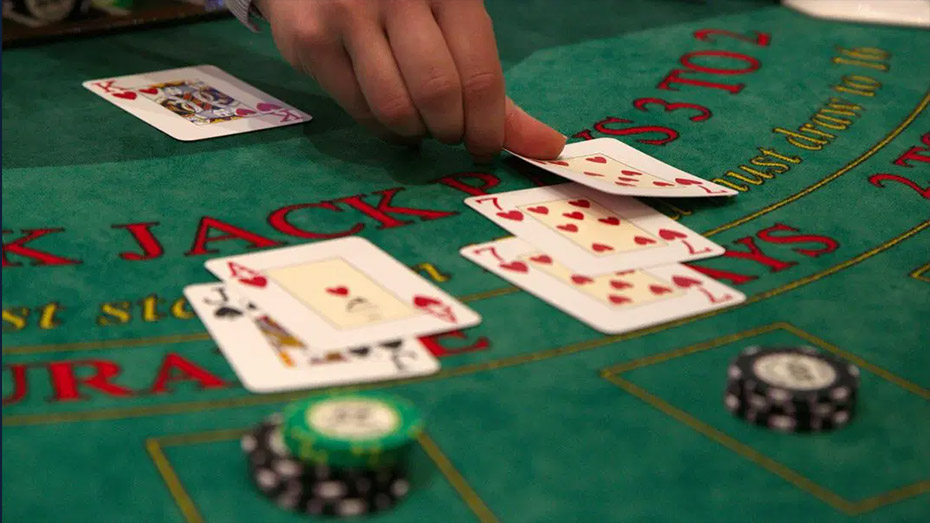

Conclusion
The skill of card counting in Blackjack takes commitment, practice, and a thorough knowledge of the various methods and strategies. Blackjack is still a game of chance, even though card counting gives players an advantage over the house. Long-term success depends on effective money management, dedication to the plan, and a disciplined approach. In order to begin an exciting adventure through the realm of blackjack card counting, accept the challenge, hone your skills, and embrace the task.


